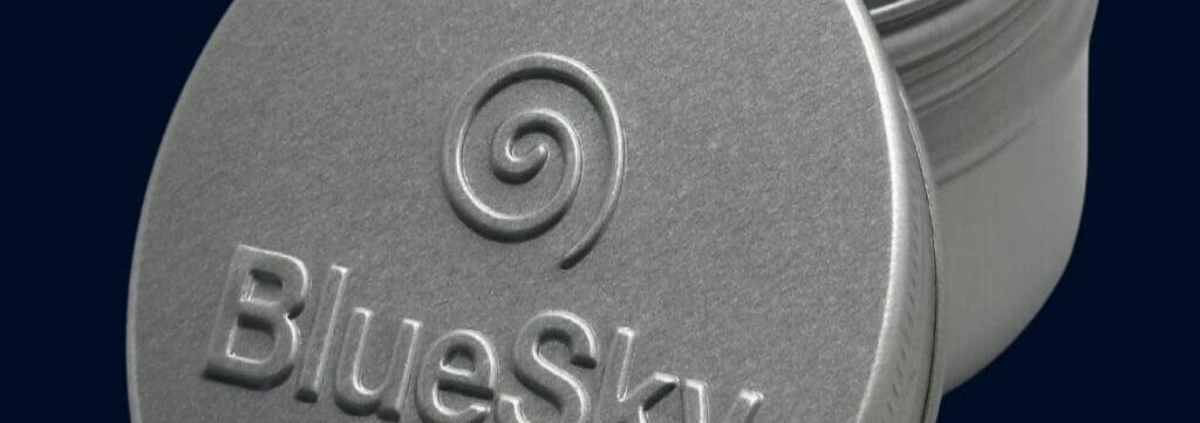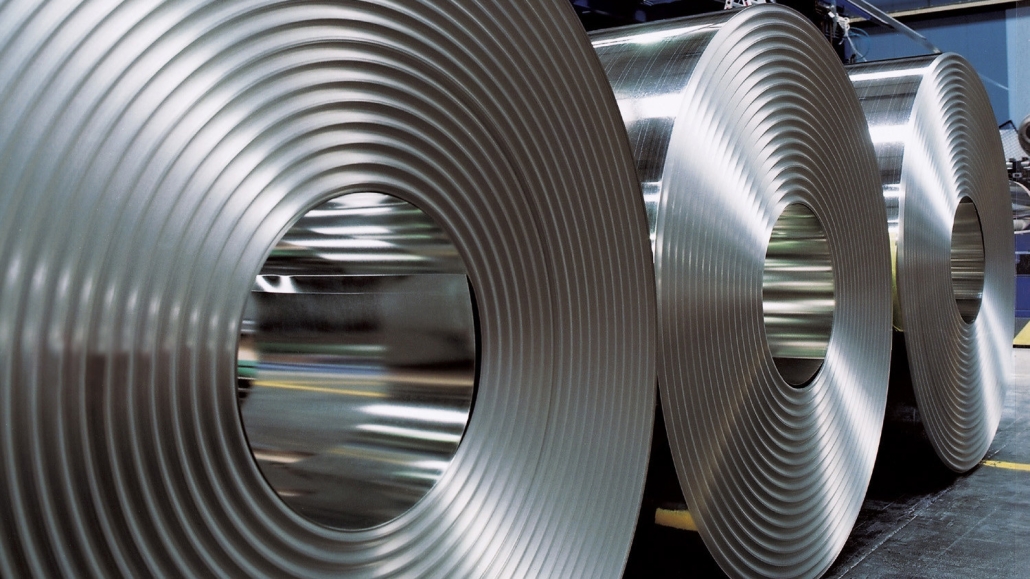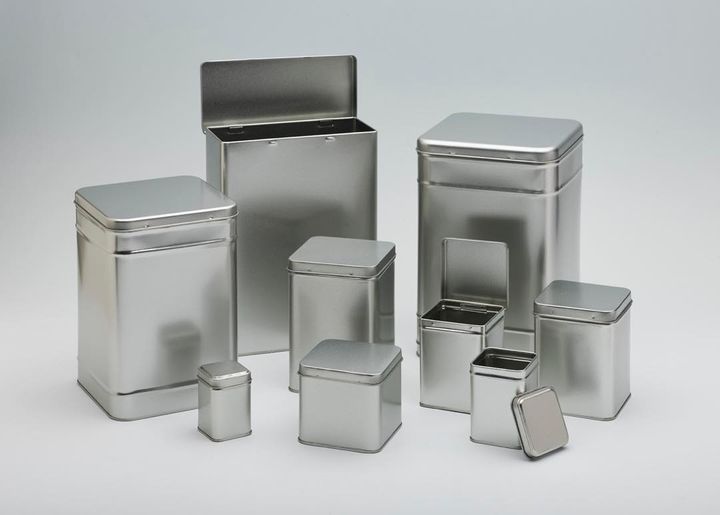How do I specify the embossing depth for tactile effects on metal tins?
When specifying embossing depth on metal tins, you need to determine your sensory goals, For example, noticeable texture and a refined tactile feel—and translate them into feasible embossing depths, mold geometries, metal grades, and finishing options to protect structural integrity and print registration. To reliably achieve this, you define your visual and tactile goals. We then select an embossing depth that matches your chosen substrate and finishing process, validate it with prototypes, and incorporate these results into the metal tins production.
Design Goals and Target Tactile Effects for Metal Tins
First, define your design goals for the metal tin: Do you want customers to experience a nearly imperceptible texture that conveys sophistication, or a bold, tactile logo? These goals determine the depth range: light embossing (approximately 0.15-0.35 mm) provides a subtle texture that captures light; medium embossing (approximately 0.35-0.70 mm) creates a crisp logo and a moderate relief effect; and deep embossing (approximately 0.70-1.50 mm) makes a striking, sculptural effect.
It is essential to clearly define the intended tactile feel, along with visual references, so our engineers can accurately evaluate the interaction between the coating and printed pattern. In actual production, I recommend specifying a target tactile feel, such as “clear, raised logo perceptible through two coats of varnish,” and pairing it with a preferred depth range. This approach enables mold engineers to optimize the mold geometry and radius according to the can’s wall thickness and curvature, ensuring that the embossed elements are both legible and durable.
Material, Thickness, and Substrate Limitations of Metal Tins
Embossment depth cannot be determined in isolation from the metal material and thickness selected for your custom tin can. Thinner-gauge tinplate or aluminum can produce fine details but typically only tolerates light to medium depths of embossing. Conversely, a thicker gauge tinplate can accommodate deeper embossing, but at the expense of increased weight and cost. For example, the typical tinplate thickness for decorative cans is 0.23 to 0.30 mm, which reliably allows for light to medium embossing (0.2 to 0.6 mm) on flat sheets. Tinplate thicknesses of 0.35 mm and above allow for deeper embossing with consistent springback.
During the forming process, softer tempers offer better formability but may exhibit more springback and less defined edges. Harder tempers, on the other hand, produce sharper contours but risk cracking if overworked. Furthermore, geometry can impose certain limitations. Embossing near seams, bead lines, or flanges requires a shallower depth to maintain a tight seal and mold clearance. Therefore, when requesting embossing depth, please specify the metal type, gauge, temper, and the specific geometry of the tin can.
Die Design, Radius, and Embossing Geometry
Translating the desired depth into a successful embossing effect also depends on die design. The punch and counter die geometry, transition radius, relief angle, and surface finish determine the sharpness and durability of the tactile effect. In actual manufacturing, we use dies with appropriately rounded corners and tapered relief angles to avoid metal thinning and stress concentrations. For example, a raised logo with a softer corner radius distributes strain across the sheet and reduces the risk of micro-tearing, especially at deeper depths. When specifying embossing depth, also consider the acceptable edge sharpness and radius range, or have your die engineer recommend the optimal radius based on the selected material and depth range.
For multi-layer embossing, the die must account for mid-heights and provide chamfers between flat surfaces to avoid ribbing or unwanted ridges. Furthermore, the die surface finish affects how light is reflected in the embossed area and the adhesion of coatings. Therefore, we use matte-finish dies to produce a crisp relief effect while minimizing paint adhesion in deep crevices.
The Impact of Coating, Printing, and Embossing Finishes on Perceived Depth
Coating and printing processes can diminish the embossing effect both visually and tactually, so these must be factored into the depth specifications. Layers of varnish, lacquer, or high-gloss coating can fill in shallow relief, making a 0.2mm relief appear insignificant after finishing. Therefore, when designs include heavy varnish or metallic inks, engineers set the depth range at the upper end or employ a medium/deep embossing strategy. If precise color registration in the embossed area is required, they take slight contour shifts caused by metal rebound into account. Foil stamping and digital printing over embossed textures can create unique highlights but require advanced planning. Therefore, we specify the finishing sequence during processing. In many cases, manufacturers perform embossing proofs first and then apply the final coating.
Production Verification, Tolerances, and Quality Acceptance
To ensure repeatable embossing depth across an entire can production batch, we translate target depth ranges into measurable tolerance standards and verification plans. For example, engineers define a nominal depth with a specified tolerance and establish a measurement method. They take tactile profilometer readings at defined fiducials on the metal tin body and average them across multiple locations and sample units. They also include visual acceptance criteria and functional testing. Engineers should conduct production validation with a pre-production sample run in which they apply the complete finishing sequence; this test run establishes the acceptable depth range, and they document the results on the job order. During full production, they implement process controls with regular sampling and defined standards.
Balancing Art and Manufacturing Craftsmanship for a More Tactile Tin Can
Specifying embossing depth for tactile effects on metal tins requires balancing artistic aspirations with metallurgical realities, moldmaking techniques, and process control. By expressing tactile targets as depth bands related to metal thickness and finishing schemes, requiring mold design best practices, and specifying measurable tolerances and verification procedures, we can create a repeatable path from concept to finished product.





 Facebook
Facebook Twitter
Twitter Linkedin
Linkedin
-80x80.jpg)